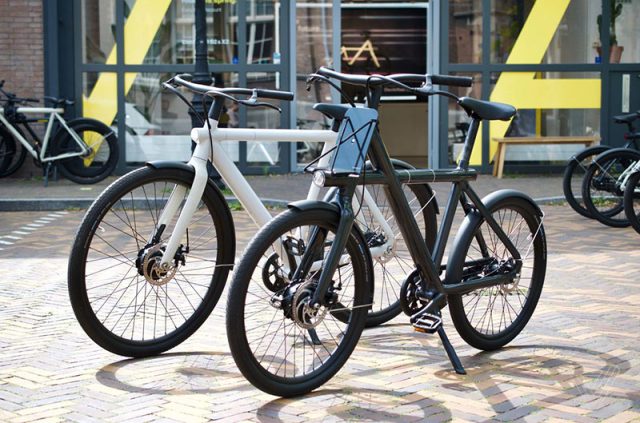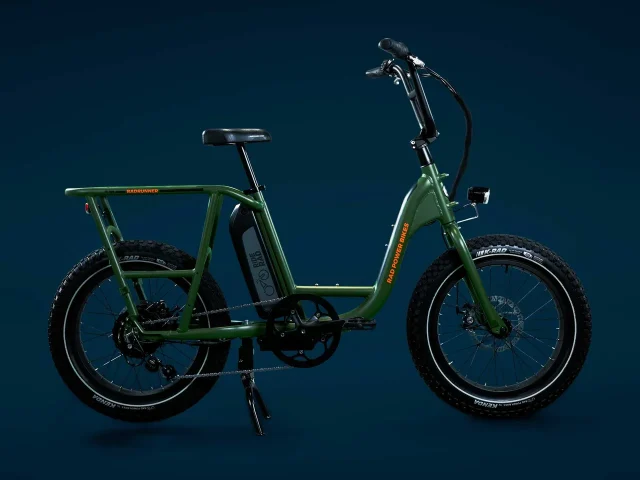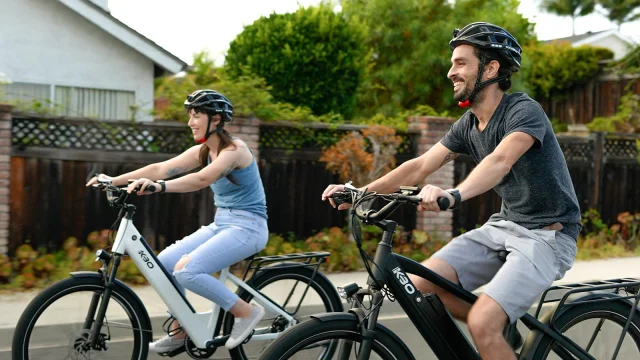
Electric bikes, also known as e-bikes, are becoming exceptionally popular these days. It’s not surprising, as gas prices keep rising and people become more aware of the environmental impacts that their carbon footprint can have. But is it affordable? Is upgrading to an electric bike something that is financially wise?
According to EpiCycles, it can depend on your commute needs, but, for the most part, electric bike costs in Canada are affordable, and you’ll likely save as much as you spend.
So, just how much do electric bikes cost in Canada? Well, let’s look.
1. Average Cost of an Electric Bike in Canada

A high-quality electric bike can range from $2,500 to $4,500. These are the basic editions of the most popular bikes. However, if you’re looking for something exceptional, you can expect to spend anywhere from 7,000-to 10,000.
So, what makes the significant price differences. To understand that we need to look at some of the major differences in types of electric bikes.
2. Type of Electric Bikes on the Market
First, when you’re looking to purchase an electric bike, it’s essential to know your primary uses. If you’re looking to replace your commute to work, you’re likely looking for a class one-style e-bike. These bikes are pedal-assisted and top out in the 32kph range. They’re going to work for almost anyone considering a bike for their daily commute.
However, you should know a few other options before making your choice.
Throttle-based electronic bikes exist, even if they are less common than the pedal-assist model. In other ways, they are generally very similar to the pedal-assist bike and typically have a speed cap of 32kph.
The speed pedelec bike is the latest type of electric bike that is gaining popularity. It’s like the first type of bike, except it’s significantly more powerful. They often have a 500w motor, are designed to go above 30kph, and can even reach speeds of 45kph. These bikes require a special license and are in the higher price ranges we’ve discussed.
3. City or Mountain Electric Bikes

Like a standard cycle, you want to buy the bike that best suits your personal needs. If you plan to do all your riding within the city, then pick a bike designed for that. However, a pedal-assisted mountain bike might be a perfect choice if you’re looking for something to help you get into the mountain biking world.
Pedal-assisted mountain bikes can make trails assessable for those not in their peak physical health and help them get in better shape simultaneously.
Some of these mountain bikes are also able to work for a standard commute as well. Just make sure that the bike you pick will suit where you will do the majority of your riding.
The more research you do, the more likely you will end up with a bike you are happy with.
4. Electric Bike Costs in Canada, Charging, Repair, and Other Factors
When picking an electric bike, it’s also essential to understand the other associated costs. It’s easy to say that switching to a bike will save you tons, and in most cases, that’s probably accurate, but you should always consider all the other costs.
For example, an electric bike must be charged.
The most common type of e-bike requires a 36-volt 10Ah battery which costs somewhere around $.05 to charge. Each charge will get a rider roughly 24 to 36 km.
If you want to get a little more out of your electric bike, you may consider a bike with a more modern and advanced battery. The Li-ion battery is the gold standard and most desired battery on the market for electric bikes.
Li-ion batteries have several advantages over the older battery styles. For one, they are significantly lighter weight than lead-acid or nickel-cadmium. They are, however, substantially more expensive.
The cost tends to be worth it for most, however, because they outlast the other batteries on the market. If you take good care of your Li-ion battery, it should last anywhere from 3-5 years, making it worth the extra cash.
Tune-ups are significantly less expensive for an electronic bike than they are for a car as well. If you’re trying to get your commute costs down, an electronic bike only costs around $100 to have checked over from top to bottom. Compared with a car’s yearly maintenance of 1,500-2000, you’re looking at significant savings.
The Benefits of Choosing an Electric Bike

Regarding a work commute, an electric bike can save you nearly 50% of the overall cost. But financial savings aren’t the only reason that more and more people are switching to electric bikes to get to work.
Electric bikes have many benefits and cost savings on your work commute.
Environmentally they are a much eco-friendlier choice. The amount of energy used to charge the batteries is minimal compared to the carbon footprint left behind by your commute in a car.
A host of health benefits come with riding a bike to work rather than driving a car.
For one, even though these bikes have motors, most models are, as we discussed, pedal-assisted. Meaning that you’re still putting physical effort in to ride. People often lose weight and get into better physical condition when they start riding to work rather than driving. You won’t get the same physical workout you would without a motorized bike. However, it’s still a considerable improvement from going to work.
According to one report, riding an e-bike can also have the physical benefits of improving your balance and is excellent for both your muscles and your heart.

It’s also been shown that fresh outdoor air can improve mental health. That’s especially important right now. With most of the world having spent a good portion of the last two years indoors, people are looking for more and more ways to get out and about again. And spending your morning commute enjoying fresh air may benefit your mental health in the long run.
Overall, electric bikes are becoming a part of our daily lives. The market has grown significantly over the last ten years, and it’s becoming increasingly common to see them on a morning commute or off on the trails. They’re good for our health, our planet, and our pocketbooks.







